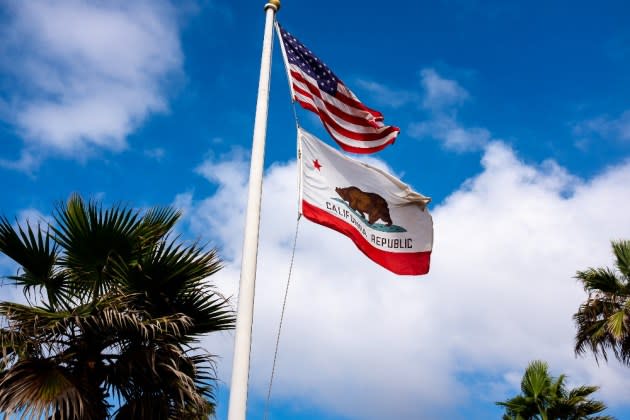California Policy Wonk Says ‘Underreported’ Retail Crime a Big Problem for Business

The California State Assembly Select Committee on Retail Theft held its first meeting days before Christmas, with legislators and industry stakeholders discussing the ongoing retail crime epidemic.
Participants at the Dec. 19 meeting addressed California’s current legal landscape and how crime affects retail businesses. Much of the hearing focused on how Proposition 47 has changed the way shoplifting is prosecuted. Some believe lax standards encourage retail theft and organized retail crime.
More from Sourcing Journal
The 2014 law raised the threshold for felony shoplifting charges from $400 to $950. A 2022 amendment specified that if the value of stolen property exceeds the felony threshold via “distinct but related acts” that are “motivated by one intention, one general impulse, and one plan,” the value can be aggregated to a grand theft charge. That means repeat shoplifters can be charged for the totality of their crimes. Under California law, grand theft is a “wobbler” offense, meaning that it can be prosecuted as either a felony or a misdemeanor.
“After the point of arrest, people arrested for felonies or ‘wobblers’ are taken to jail and booked and held in jail until arraignment, whereas the default is the reverse for crimes that are straight misdemeanors, and they’re typically cited in the field and released,” said Caitlin O’Neill, a fiscal and policy analyst with the Legislative Analyst’s Office.
While many legislators, retailers and law enforcement officials blame Prop. 47 for emboldening criminals, panelists largely agreed that more data is needed in order to better assess retail crime trends and identify actionable targets.
Magnus Loftstrom, policy director and senior fellow at the Public Policy Institute of California, said part of the confusion around retail crime trends stems from the way they’re defined and charged. It’s important to look not only at shoplifting—a subcategory of larceny involving goods valued at less than $950—but higher-value retail theft, which is categorized as commercial burglary, and commercial robbery, involving theft by force. Agencies vary in how they report and categorize offenses, and there is no specific designation for smash-and-grab incidents or organized retail theft.
What’s more, there’s no statewide data beyond December 2022, and the intel involves what people decide to report to law enforcement agencies. “Retail theft is likely underreported—especially low-value theft,” Loftstrom said.
Current data shows California’s big cities have seen increases in shoplifting, with incidences up 29 percent in San Francisco from a 2019 baseline. Commercial burglaries increased by 29 percent in Los Angeles and 54 percent in Orange County. L.A.’s commercial robbery jumped 13 percent during the same period, making it the state’s highest in 2022. The largest net increases in commercial robbery were seen in Fresno County (51 percent) and Sacramento (29 percent), and incidents have recently appeared to be on the uptick in smaller counties, Loftstrom said.
Despite the data collection challenges, California Retailers Association (CRA) president Rachel Michelin told the committee that “retailers are not exaggerating the problem of retail theft.” Some of the trade group’s members claim law enforcement told them not to contact police unless store associates or customers are threatened with violence. “Some retailers do not call law enforcement for every instance of shoplifting due to the volume of theft happening,” she added.
“While we know some retailers have internal policies do not call law enforcement for every single incident, we also know law enforcement may have internal policies on what crimes they will respond to,” Michelin continued. “This creates a patchwork of policies that vary from city to city, law enforcement agency to law enforcement agency, which leads to skewed data on the real impact of retail theft.”
Even without concrete numbers, the focus should be on tougher penalties for retail criminals, especially repeat offenders Michelin said. CRA wants suspects charged with petty theft who have prior convictions to face harsher charges. It also wants changes to the penal code that clarify the rules for aggregating thefts into a single grand theft charge, and wants shoplifters subject to multi-jurisdictional prosecution when they commit crimes across the state.
“The growth of retail theft and the damage it causes communities dictates that something needs to be done to ensure there are consequences to prevent this criminal behavior from entering our stores and deter it from continuing to escalate,” Michelin said.
